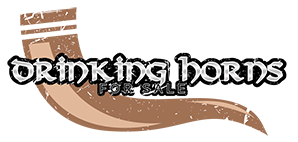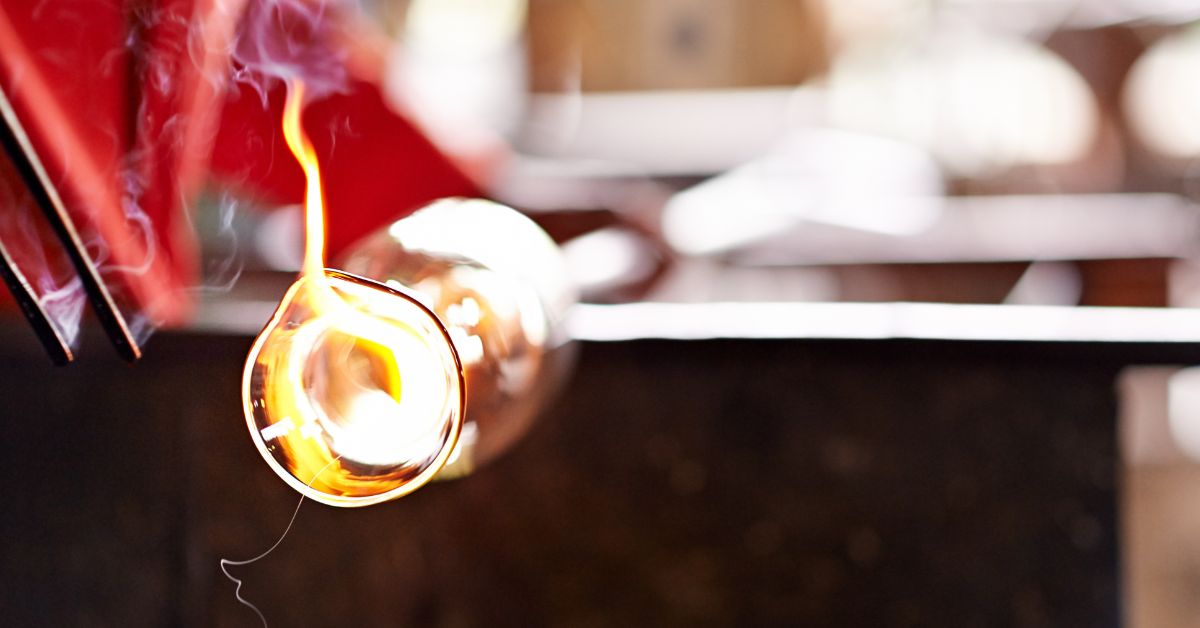In an age when ethical consumerism is more than a trend but a lifestyle, finding alternatives to traditional animal products has become essential.
This article explores the promising sphere of vegan and synthetic alternatives to animal drinking horns, highlighting two predominant materials: plastic and glass.
Introduction to Vegan and Synthetic Alternatives
The shift from animal-derived products is not merely about choice; it’s about responsibility. Drinking horns, once common in medieval settings, are now revisited with a modern, ethical twist.
Understanding the Need for Alternatives
Animal horns have historically been used for various purposes, including as drinking vessels.
However, ethical concerns and sustainability issues drive the need for alternatives that do not compromise on cultural appreciation.
Historical Use of Animal Horns and Today’s Ethical Concerns
Traditionally, animal horns were often sourced from livestock without the need for extra animal harm.
Today, the focus has shifted towards ensuring these products align with cruelty-free and sustainable practices.

Overview of Available Alternatives
Several materials serve as effective substitutes for animal horns, but we’ll focus on the most prominent and accessible: plastic and glass.
Classification of Vegan and Synthetic Materials
Materials like polycarbonate and borosilicate glass not only mimic the aesthetic qualities of natural horn but also offer superior durability and safety.
Benefits of Switching to Vegan and Synthetic Horns
Opting for synthetic alternatives means fewer ethical dilemmas and often a lower price point. Additionally, these materials offer greater versatility in design and color, appealing to a broader audience.
Plastic Alternatives to Animal Horns
Plastic offers a lightweight and versatile alternative, with several types suitable for crafting drinking horns.
Types of Plastics Used for Drinking Horns
Polycarbonate and ABS are the most commonly used plastics for these applications, each providing unique benefits.
Polycarbonate (PC)
Known for its strength and clarity, polycarbonate is often used where a clear, durable material is necessary.
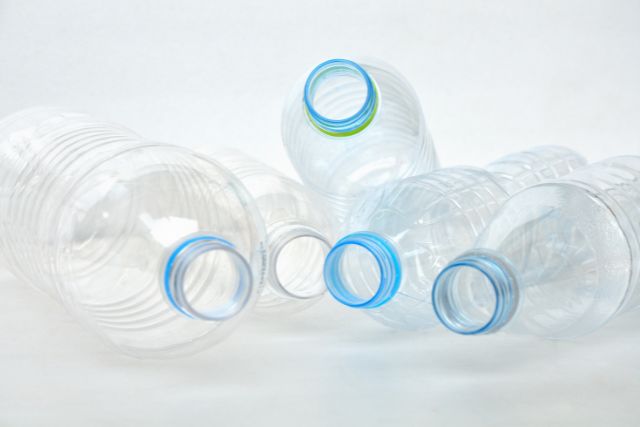
Acrylonitrile Butadiene Styrene (ABS)
ABS combines rigidity with impact resistance, making it ideal for regular use in reenactment events and themed parties.
Manufacturing Process of Plastic Drinking Horns
The production of plastic horns involves injection molding, a process allowing for high detail and consistency in large batches.
Advantages and Disadvantages of Plastic Drinking Horns
While plastic horns are cost-effective and versatile, they can sometimes lack the authentic feel of natural horn and are not always biodegradable.
Glass Alternatives to Animal Horns
Glass is another exquisite option for those seeking an alternative to traditional horns, offering both elegance and functionality.
Various Forms of Glass Used for Drinking Horns
Two main types of glass are used: borosilicate and soda-lime.
Borosilicate Glass
This type of glass is highly resistant to thermal shock, making it ideal for both hot and cold beverages.
Soda-Lime Glass
The most common glass type, soda-lime, is used for its affordability and wide-ranging applications.
The Crafting Techniques for Glass Horns
Blowing and molding techniques are typically employed to create glass drinking horns, each allowing for unique artistic expressions.
Comparing Glass to Traditional Animal Horns
Glass can mimic the clarity and smoothness of polished horn while offering a more hygienic and durable vessel.
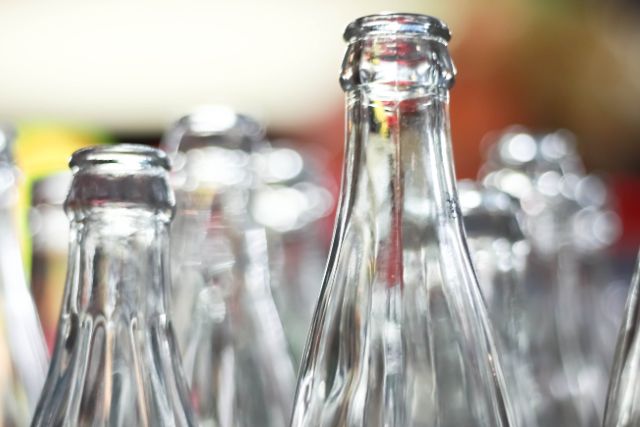
Environmental Impact and Sustainability
Choosing synthetic alternatives also involves considering their environmental impact.
Evaluating the Environmental Footprint of Synthetic Materials
While plastics and glass vary in their environmental impact, ongoing innovations continue to reduce their ecological footprints.
Sustainable Production Practices
Advances in recycling and more sustainable production technologies are helping reduce the environmental impact of these synthetic horns.
Market Trends and Consumer Preferences
The market for alternative drinking horns is growing, influenced by both consumer demand and technological advancements.
Current Market Trends in Drinking Horn Alternatives
As awareness grows, more consumers are choosing synthetic horns, driven by both ethical concerns and a preference for customizable designs.
Consumer Feedback and Product Reviews
Feedback from users who have switched to synthetic horns often highlights satisfaction with the ethical aspect and the product’s aesthetic appeal.
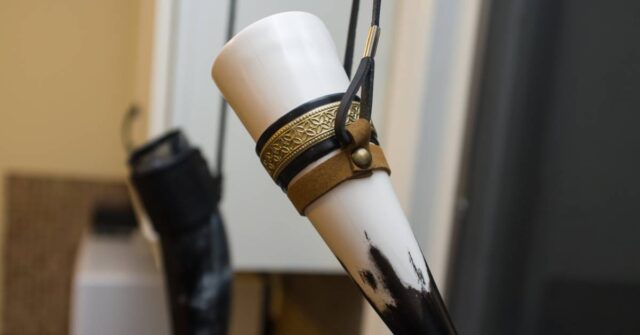
Conclusion
The evolution of drinking horns from animal-derived to synthetic materials marks a significant shift in consumer habits and ethical manufacturing.
Future of Drinking Horn Alternatives
With ongoing developments in materials science and growing ethical awareness, the future looks bright for vegan and synthetic drinking horns.
How to Choose the Right Material for Your Needs
Consider your specific needs—whether aesthetic, functional, or ethical—to select the best material for your drinking horn.
